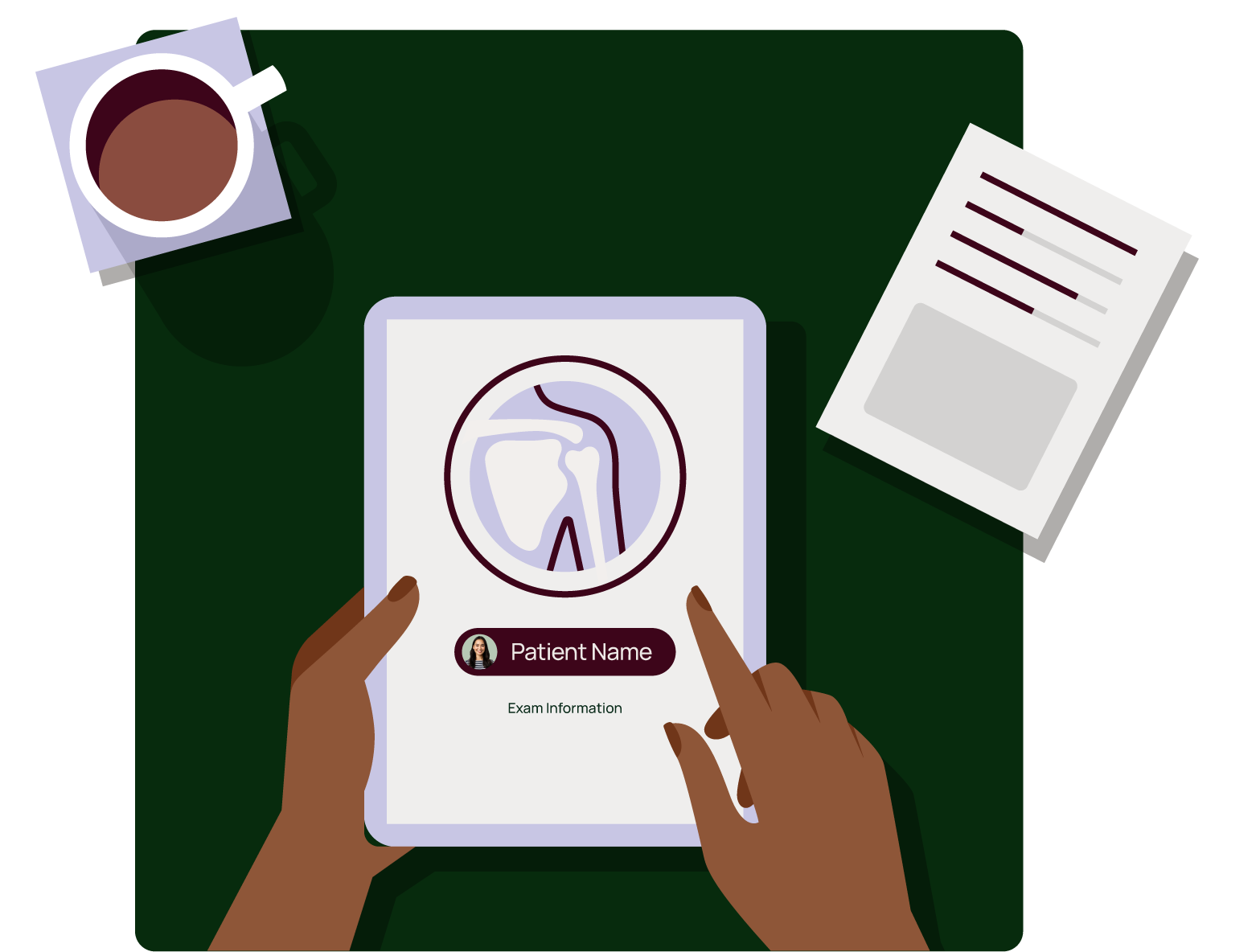Hospitals and health systems have made major investments in Epic and MyChart to modernize care delivery, streamline operations, and improve the patient experience. But despite advances across most areas of digital care, imaging remains siloed, manual, and disconnected.
When imaging isn’t easily accessible within the EHR or patient portal, it introduces unnecessary steps for staff, delays for providers, and frustration for patients. Yet many of these challenges can be resolved not by adding new systems, but by getting more from the ones already in place.
By integrating InteleShare™ with Epic, health systems can eliminate long-standing inefficiencies, reduce administrative overhead, and prevent costly duplications. The result? A more unified workflow that delivers better experiences for both patients and staff without adding new complexity to IT infrastructure.
To understand the full impact, it helps to look at the day-to-day workflows that imaging touches and how the integration changes each one for the better.
Streamlined Outside Image Intake
Before integration, when a patient arrives with imaging from another facility, staff often must track down physical discs, manually upload files, or enter demographic data to match records in the EHR. This adds time, introduces errors, and delays access to essential diagnostic information.
With the InteleShare and Epic integration, patients can upload outside imaging before the visit via a secure MyChart link. The system aligns imaging with the correct patient record in Epic, reducing manual data entry and administrative overhead. Staff no longer need to process CDs or chase down missing files, and providers have immediate access to imaging records.
Sharing and Giving Patients Access to Imaging
Before the integration, patients who request copies of their imaging trigger a time-consuming workflow: locating the scan, burning it to a CD, and manually handing it off or mailing it. This process can cost $5–$15 per request and eats into valuable staff time.
After the integration, patients gain on-demand access to their imaging through MyChart, where they can view and securely share files with other providers or caregivers. This eliminates CD requests, frees up film libraries and front desk teams, and gives patients the autonomy they expect.
Accessing Imaging for Providers
Before the integration, providers often need to log into separate PACS platforms to view imaging, switch contexts between tools, or request files from radiology. These extra steps disrupt workflow and slow down care, especially during patient encounters where time and clarity are critical.
When imaging is integrated, it is embedded directly in the Epic patient chart. Providers can access and review images in the same system they use to manage labs, notes, and care plans, including during the patient visit. This allows them to quickly reference scans in the moment, explain findings more clearly, and have more informed conversations without delays or system-switching. The result is faster decision-making and a more cohesive clinical experience.
Why This Integration Matters
The day-to-day inefficiencies in imaging workflows often go unnoticed until they accumulate into measurable cost, friction, and delay. Burning a CD may take only minutes, but at scale, those minutes become hours of staff time, thousands of dollars in labor and material costs, and missed opportunities for patients and providers.
Integrating InteleShare with Epic MyChart doesn’t just eliminate these legacy bottlenecks, it’s transforming imaging from an operational pain point into a source of value. It creates a unified, repeatable and scalable process that works across departments, improves provider responsiveness, and gives patients the kind of digital experience they now expect.
For hospitals and health systems, this is not only a workflow improvement, but a way to extend the return on your Epic investment, reduce avoidable reimaging, and build the operational foundation for more efficient, coordinated, and future-ready care.





